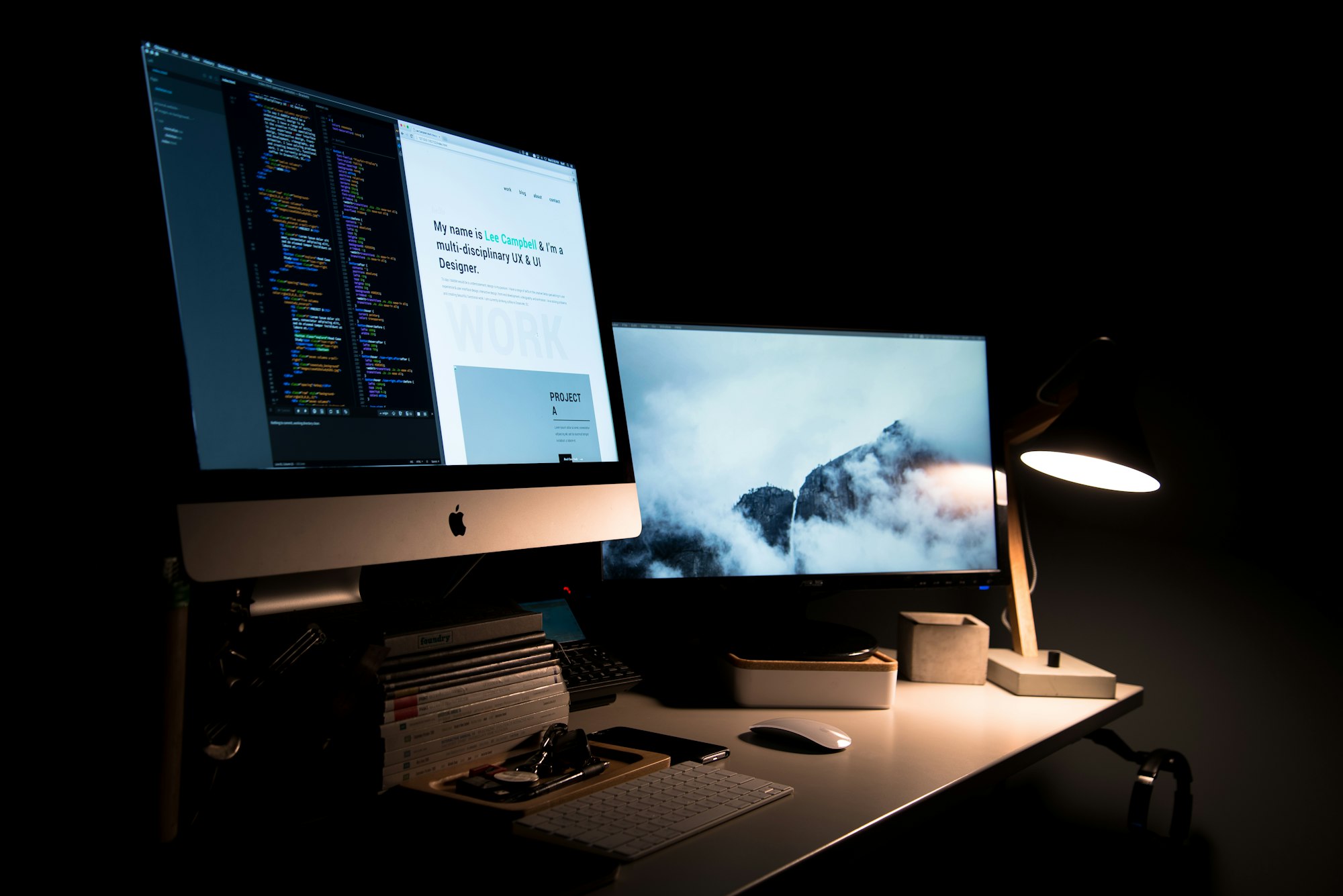A landing page is a crucial element of any online marketing campaign. It is the first page that a visitor sees after clicking on an ad or a link, and it can make or break the success of the campaign. The psychology of a landing page is therefore a critical consideration for any marketer or designer who wants to create a page that converts visitors into customers.
Designing a landing page that maximizes conversions requires an understanding of the cognitive and emotional factors that influence a visitor's decision to take action. This includes factors such as color psychology, visual hierarchy, social proof, and the use of persuasive language. By leveraging these psychological principles, designers can create landing pages that are not only aesthetically pleasing but also highly effective in achieving the desired conversion goals.
Moreover, the psychology of a landing page is not a one-size-fits-all approach. Different audiences respond differently to various design elements, and therefore, it is essential to conduct A/B testing to determine the most effective design for a particular audience. This article will explore the psychology of a landing page and provide actionable tips on how to design a landing page that maximizes conversions.
Understanding the Psychology of a Landing Page
A landing page is a crucial element of any digital marketing campaign. It is the first point of contact between a potential customer and a business. Therefore, it is essential to design a landing page that is not only visually appealing but also psychologically effective in driving conversions. In this section, we will explore the psychology behind a landing page and how to design it for maximum conversions.
The Importance of First Impressions
First impressions matter, and they matter a lot. When a user lands on a website, they form an opinion about it within the first few seconds. This opinion is mostly based on the visual appeal of the website. Therefore, it is essential to design a landing page that is visually appealing and creates a positive first impression. A visually appealing landing page creates a positive emotional response in the user, which can lead to increased engagement and conversions.
The Role of Cognitive Load
Cognitive load refers to the amount of mental effort required to process information. A landing page with a high cognitive load can be overwhelming for the user, leading to a negative user experience. Therefore, it is essential to design a landing page that is easy to navigate and understand. This can be achieved by using clear and concise headlines, bullet points, and images to convey information. A landing page with a low cognitive load can lead to increased engagement and conversions.
The Power of Social Proof
Social proof refers to the influence that the actions and attitudes of others have on our own behavior. Including social proof elements such as customer testimonials, reviews, and trust badges on a landing page can increase the user's trust in the business and lead to increased conversions. Social proof elements create a sense of community and trust, which can be a powerful motivator for users to take action.
The Influence of Scarcity and Urgency
Scarcity and urgency are powerful psychological motivators that can be used to increase conversions on a landing page. Scarcity refers to the idea that something is in limited supply, while urgency refers to the idea that something needs to be acted upon quickly. Including elements such as limited-time offers, countdown timers, and low stock alerts can create a sense of scarcity and urgency, which can motivate users to take action before it's too late.
Designing for Maximum Conversions
Simplifying the Design
Simplicity is key when it comes to designing a landing page for maximum conversions. Cluttered pages with too many elements can be overwhelming and confusing for visitors. Keep the design clean and minimalistic, with plenty of white space to allow the eye to focus on the important elements of the page.
Using Color and Contrast
Color and contrast can be powerful tools in guiding visitors towards the desired action on a landing page. Use contrasting colors to draw attention to important elements, such as the call to action. Be consistent with the color scheme throughout the page to create a cohesive and visually appealing design.
Optimizing the Layout and Flow
The layout and flow of a landing page can greatly impact its effectiveness in converting visitors. Place important elements, such as the headline and call to action, above the fold to ensure they are immediately visible. Use a clear and logical flow to guide visitors towards the desired action.
Crafting Compelling Headlines and Copy
The headline and copy on a landing page should be attention-grabbing and compelling. Use clear and concise language to convey the benefits of the product or service being offered. Highlight the unique selling points and address any potential objections visitors may have. Copywriting is a complex topic, read our guide on the dos and don'ts of writing copy for your landing page
Creating Effective Calls to Action
The call to action is the most important element of a landing page when it comes to conversions. Make sure it stands out visually and use clear and actionable language to encourage visitors to take the desired action. Use urgency and scarcity to create a sense of urgency and encourage visitors to act now. Overall, designing a landing page for maximum conversions requires a combination of art and science. By simplifying the design, using color and contrast effectively, optimizing the layout and flow, crafting compelling headlines and copy, and creating effective calls to action, businesses can create landing pages that not only look great but also convert visitors into customers.











